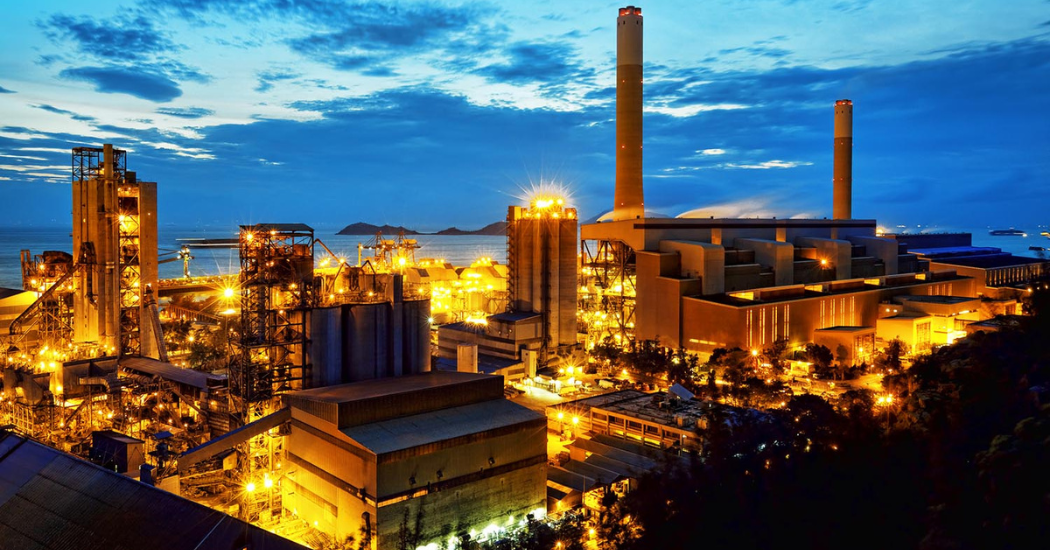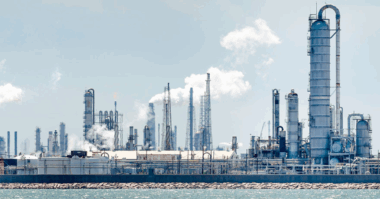Sulzer’s expertise in rotating equipment retrofits and abrasive services has helped a Philippines petrochemical plant solve a persistent reliability issue and prepare for a 64% increase in capacity. Critically for the customer, Sulzer’s solution minimized the need for large-scale on-site modifications while extending pump mean time between failure (MTBF) from less than six weeks to three years.
Located 120 km south of the capital Manila, JG Summit Olefins Corporation’s Batangas Plant is the only naphtha cracker facility in the Philippines. Among other things, it produces ethylene, an essential raw material for the plastics industry. The plant has been in operation since 2014, and rising demand for its products meant that by 2016 the owners were already planning significant capacity upgrades.
Before those plans could be implemented, however, the plant’s operators needed to address a critical reliability issue that had emerged during its first years of operation. The Batangas facility uses a proprietary steam cracking technology. In this system, hydrocarbon molecules are broken up at high temperature in the presence of steam and the resulting product is rapidly cooled to stop the reaction by passing the gas through a heat exchanger and an oil quenching system.
However, this last step was causing concern for the operators. The pumps that moved the quench oil through the system were having issues with the drive end seal barrier pressure dropping and failing frequently, with a MTBF of less than six weeks. When a pump failed, the whole process had to be shut down, costing the company more than USD 1 million a day in lost output.
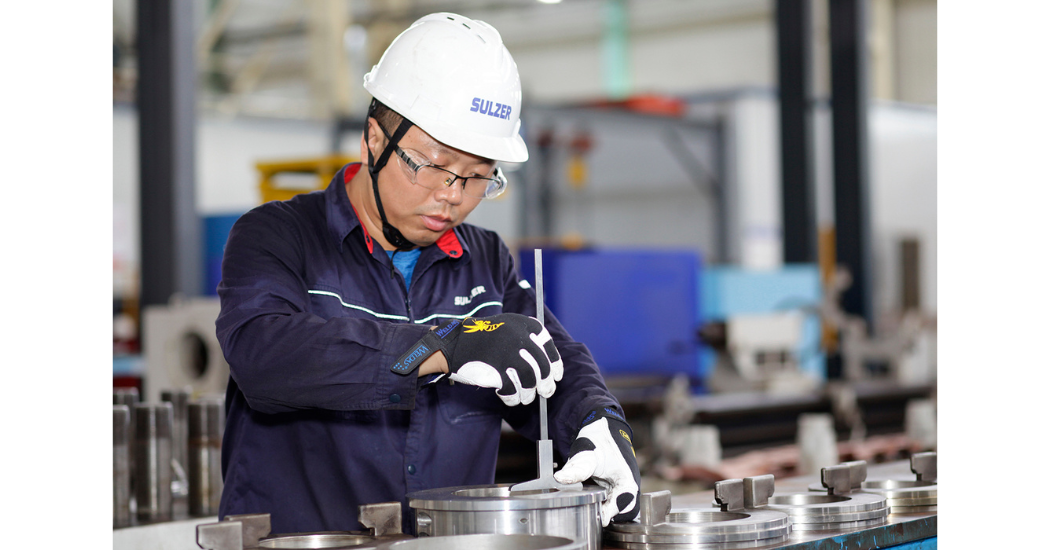
The pumps were upgraded and tested at Sulzer’s facilities, ensuring that they could be reinstalled with no major changes to pipework or ancillary equipment.
Coking damage
Looking to address the problem, the company called in pump specialists from Sulzer to examine the failing equipment, which were BBS units that featured a single-stage, radially split, between-bearing design. The initial inspection conducted by the Sulzer team revealed damage to several pump components, including the mechanical seals, impeller, and inlet, consistent with operation in a severely abrasive environment.
Further root-cause analysis of the problem by Sulzer’s abrasive services specialists showed that the culprit was hard carbon coke particles in the oil. Analysis revealed high concentrations of these particles, and many of them were just large enough (between 75 µm and 300 µm in diameter) to become trapped between moving and stationary pump components, causing severe wear due to ‘three-body’ abrasion.
Coking is an undesirable, but inevitable by-product of the steam cracking process. The build-up of carbon on equipment surfaces leads to a gradual decline in heat transfer efficiency, which in turn accelerates the accumulation of particles. The issue is normally addressed by periodic de-coking of the plant during scheduled shutdowns. The rate of coke accumulation is highly dependent on the characteristics of the hydrocarbon mix being processed, however, in the Batangas plant, this was happening much faster than the designers originally expected.
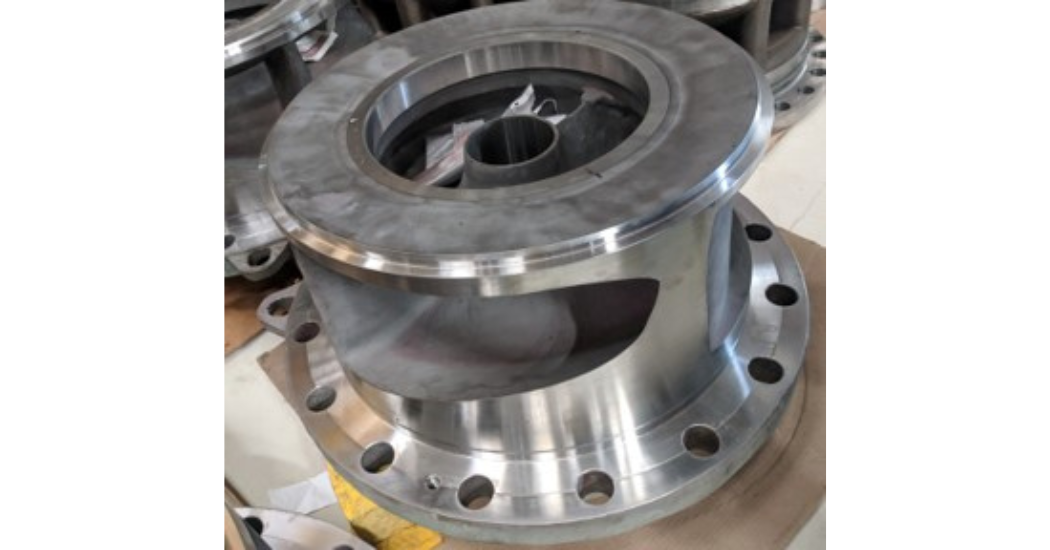
Material upgrades using high-chromium steel.
Selective upgrades
When Sulzer’s engineers checked the build specifications of the failing quench oil pumps, they found that they had been designed in the expectation of a less aggressive operating environment. The main hydraulic components were made using S5 steel, a material that is susceptible to abrasive wear. Based on their experience of demanding process industry applications around the world, the team proposed a targeted package of upgrades designed to dramatically improve the pumps’ durability in their current application.
Those changes included the selective replacement of critical pump components with new parts made from high-chromium C6 steel, together with the addition of an abrasion resistant SUME SA30 coating on the wetted areas, applied using a high velocity oxygen fuel (HVOF) process. Sulzer’s specialists also made several detailed changes to the geometry of the pumps, including the addition of large radii on the edges of the wear rings and extended, contoured sleeves to streamline flow in the pump and minimize the turbulence that accelerates wear. Wear ring clearances within the pumps were increased to allow larger coke particles to pass through them. In addition, at the customer’s request, new ports were also introduced to allow the wear rings to be flushed to remove accumulated particles during pump changeovers.
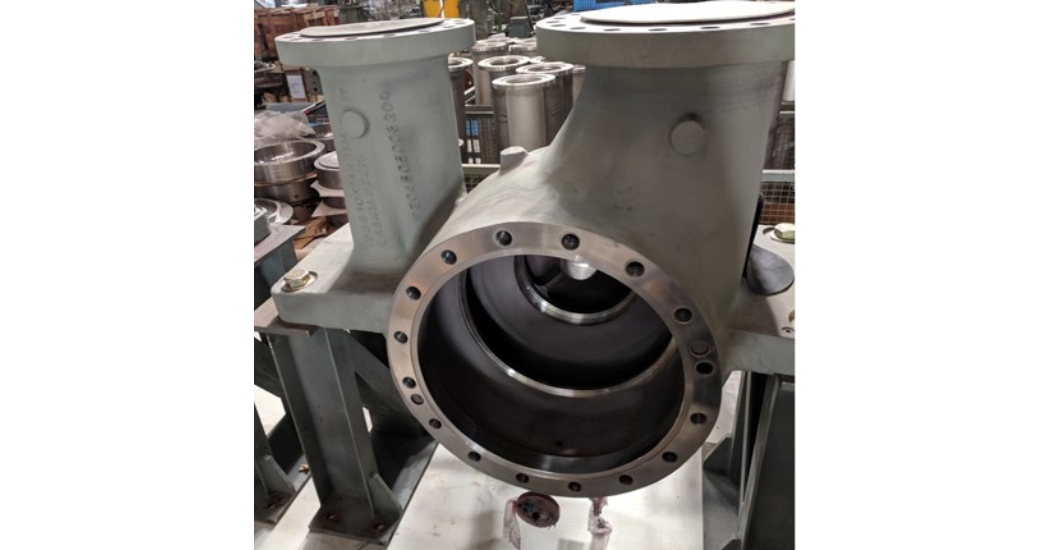
Material upgrades using high-chromium steel.
Flexibility and expertise
One big benefit of Sulzer’s retrofit proposal was minimal disruption at the plant. The pumps were upgraded and tested at Sulzer’s facilities, ensuring that they could be reinstalled with no major changes to pipework or ancillary equipment. To gain even more value from the project, however, the plant’s management decided to take the opportunity of the retrofit to make other changes designed to pave the way for future capacity increases.
To meet the customer’s request for a 64% capacity increase and 14% pressure increase in the oil quenching system, Sulzer designed new, larger diameter impellers for the existing pumps. Higher-capacity pumps need more power, so the engineering team also specified new motors and couplings for the two electrically powered pumps. They also worked with the original equipment manufacturer (OEM) to implement a package of changes to the turbine which powered a third pump using process steam. To further minimize costs and streamline project speed, the existing motor base plates were retained and adapted, with the old mounting points cut off and new ones welded into place. Finally, one additional motor-driven pump set was added to the system.
Since the completion of the project, the Batangas plant has been able to put its cracker reliability issues behind it. MTBF for the upgraded pumps is now in line with the three-year specified life. Eliminating excessive wear has improved the operating performance of the system and the oil quench unit is ready to accommodate planned increases in plant output. The petrochemical plant has since engaged Sulzer on similar projects in other processing units of the facility.
About Sulzer
Sulzer is a global leader in fluid engineering and chemical processing applications. We specialize in energy-efficient pumping, agitation, mixing, separation, purification, crystallization and polymerization technologies for fluids of all types. Our solutions enable carbon emission reductions, development of polymers from biological sources, recycling of plastic waste and textiles, and efficient power storage. Our customers benefit from our commitment to innovation, performance and quality through our responsive network of 180 world-class manufacturing facilities and service centers across the globe. Sulzer has been headquartered in Winterthur, Switzerland, since 1834. In 2022, our 12’900 employees delivered revenues of CHF 3.2 billion. Our shares are traded on the SIX Swiss Exchange (SIX: SUN). www.sulzer.com

